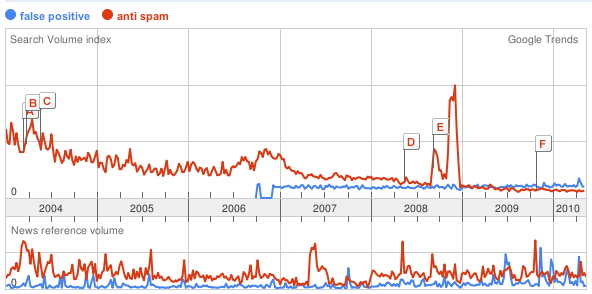 The Cupertino CA voicemail software developer Adomo has 50 enterprise deployments in legal, insurance and accounting markets where employees are highly skilled and highly mobile. Although not a particularly significant statistic, since many voicemail vendors have thousands of deployments, it is important with respect to the segment that the company focuses on: large enterprises, each with over 1,000 employees, multiple locations and multiple vendors providing telephony infrastructures.
The Cupertino CA voicemail software developer Adomo has 50 enterprise deployments in legal, insurance and accounting markets where employees are highly skilled and highly mobile. Although not a particularly significant statistic, since many voicemail vendors have thousands of deployments, it is important with respect to the segment that the company focuses on: large enterprises, each with over 1,000 employees, multiple locations and multiple vendors providing telephony infrastructures.
Even with stiff competition from the platform vendors (Avaya, Cisco, Nortel, Siemens) the company has found its niche among firms that not only want a platform-independent architecture, but also are looking for tight Microsoft integration.
Right from the beginning, the VC-backed (Storm Ventures and Menlo Ventures) company offered a tight integration of their backend with Microsoft Exchange and ActiveDirectory to control user IDs, passwords and message flows. The Adomo Exchange Connector ships with each of the company's Linux-based appliance to provide with built in and verbose access to web services and the Microsoft .net infrastructure and workflow management.
Addressing three major segments – voicemail replacement market, the mobile worker environment with voice-activated controls, find me follow me, applet for older Blackberry's to play messages and a transcription service (see report: Mobilizing Email) and communications-enabled business processes – the company is positioning for more of the large enterprise market.
The transcription service is particularly helpful when users are frequently unable to pick up a call because they're in a meeting, but where the user is able to read and respond to email in a minlet. Often, simply knowing who called (telephone # and if possible linkage from the users' directory to provide name) is enough to use another communications service to reach the caller – email or IM – for example.
What was really neat about this transcription service is that the application can provide an excellent capture of telephone numbers (according to Cary Fitzgerald, the VP Product Management) and provides an estimate of 'utterance precision.'
The trouble with enterprise-specific implementations is that the population of callers with accents, language variations and so on is quite limited for a single enterprise's implementation. This is where the ability to share meta information about utterances to frequently update the algorithm's shape would be a point of considerable value as discussed in the Hardware-as-a-Service report and as a way to inoculate customers against competitive replacements. Meta-data about the state of the algorithm's tuning might actually help improve the algorithm in much the same way that the Microsoft TellMe implementation is constantly improved for network, language and application.










